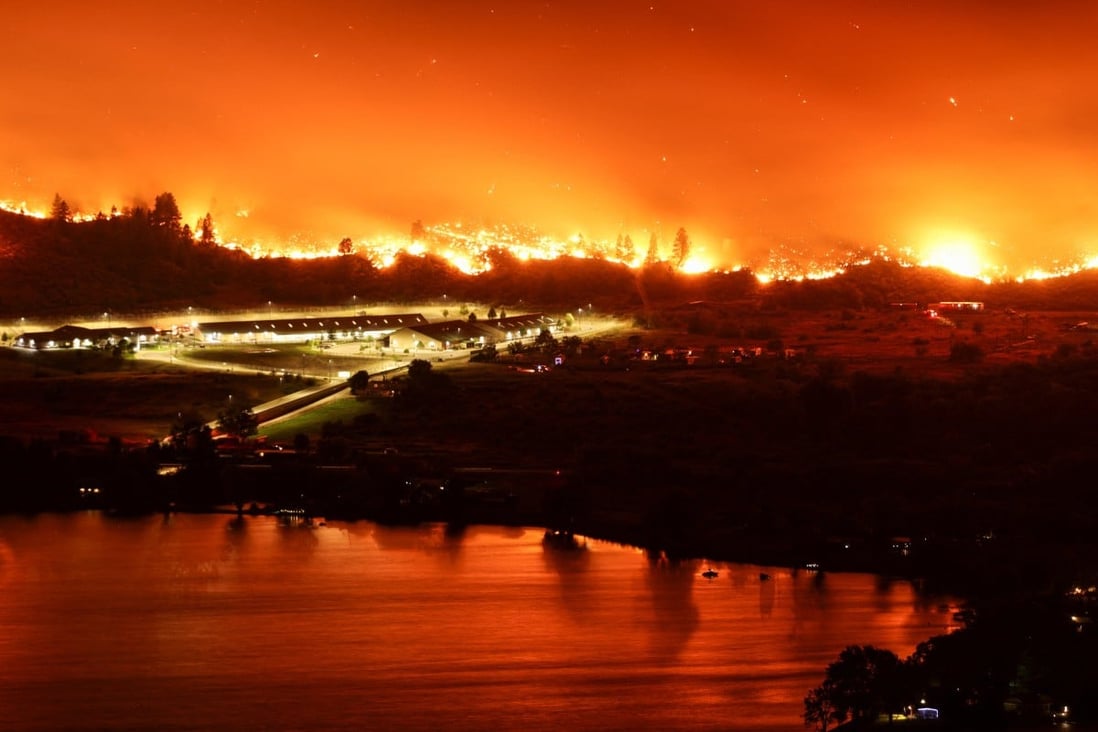
Chinese scientists estimate that the recent Canadian wildfires caused 1 billion tonnes of carbon dioxide emissions by July 27, far exceeding Canada’s greenhouse gas emissions from human activity.
The area burned in Canada’s fire season this year is the largest on record, according to the Canadian Interagency Forest Fire Centre (CIFFC). It reported that by the end of July, 129,800 sq km (50,100 square miles) of land had burned so far this year, compared to 14,700 sq km for the whole of 2022.
The emissions from the wildfires are nearly double those of Canada’s total greenhouse gas emissions from human activity in 2021, based on figures from the government’s Environment and Climate Change Canada.
The Chinese Academy of Sciences (CAS) reported that the Institute of Applied Ecology (IAE) scientists involved in the research used remote sensing to assess rapid emissions based on emission intensity and the area burned.
Liu Zhihua, an expert in forest fires at the IAE and lead on the study, said emissions from these fires “have an undeniable impact on global climate warming”.
The scientists also estimated that the greenhouse effect of nitrous oxide and methane emitted from the fires is equivalent to 110 million tonnes of carbon dioxide. With the burning of permafrost, further stored methane could be released.
In 2022, the government agency Natural Resources Canada (NRCan) predicted that the area burned by the end of the century could double the amount of recent decades. The area burned this year already exceeds that prediction.
NRCan said the increase in wildfires – particularly in the northwestern boreal region – was attributed in part to climate change and consequently wildfires were expected to keep increasing.
The occurrence of wildfires “exceeded the scope of a natural change”, Liu told Chinese state-run media outlet CGTN.
The biodiversity loss and destruction of vegetation from rapidly burning fires and the exposure of soil after a blaze can lead to secondary issues such as erosion and landslides, according to the CAS.
Beyond the release of greenhouse gases, the release of pollutants such as the small air particles PM2.5 and PM10 and black carbon from the fires also have an impact on both human and environmental health, according to the Institute of Applied Ecology.
The researchers said that from June 6 to 19 the shifting air pollutants caused New York City to experience its worst air pollution since 1960.
The US Environmental Protection Agency’s PM2.5 standard for a 24-hour average is 35 micrograms per cubic metre, but according to the researchers, during the worst periods the levels exceeded 50 micrograms per cubic metre.
Wang Zhe, a member of the research team at the Institute of Atmospheric Physics under the CAS, said the wildfire disaster was a global event because the pollutants not only travelled around North America but also to Europe, North Africa and Asia with westerly circulation.
Wang told CGTN the full impact of the fires “will definitely be much more serious than the existing data”.
Source : SCMP





